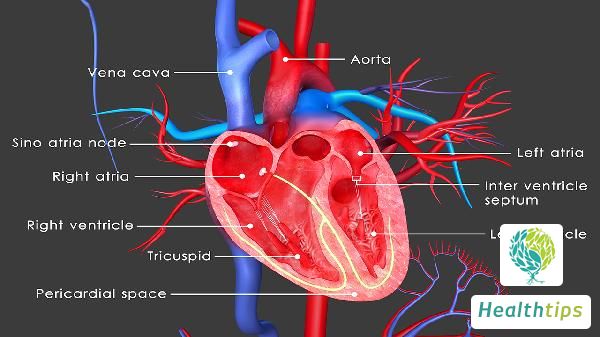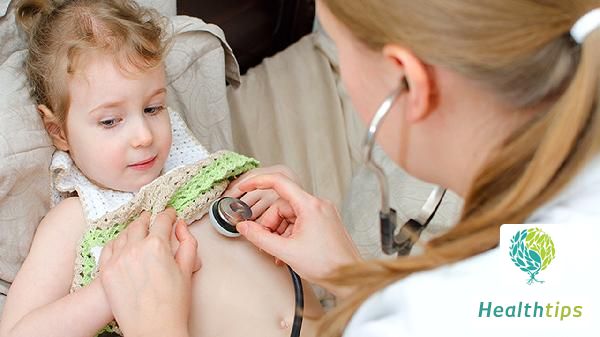What Are the Treatment Options for Genital Warts?
Consider cryotherapy, laser therapy, electrocautery, photodynamic therapy, immunomodulatory therapy, and other methods for the treatment of condyloma acuminatum.

Cryotherapy involves rapidly cooling the affected tissue with liquid nitrogen to cause necrotic freezing. Common tools include liquid nitrogen tanks and medical ice packs. This method is suitable for small, flat, and widely distributed skin lesions.
Laser therapy utilizes high-energy lasers to directly destroy abnormally grown tissue. Commonly used equipment includes carbon dioxide lasers and YAG lasers. It is more suitable for superficial and raised condyloma acuminatum, which can reduce postoperative scar formation.
Electrocautery involves using high-frequency electrical current to generate heat to destroy the affected tissue. Tools such as high-frequency electrosurgical knives and radiofrequency ablation devices are used. It is suitable for a small number of superficial condyloma acuminatum and has an immediate hemostatic effect.
Photodynamic therapy involves the local application of photosensitizers followed by exposure to a specific wavelength of light to induce a cytotoxic reaction to eliminate the lesion. It mainly includes two steps: external application of photosensitizers and irradiation with a specific wavelength of light. This technique can be used to treat refractory or special-site infections without damaging surrounding normal tissue.
The goal of immunomodulatory therapy is to enhance the body's immunity to eliminate the virus. For example, interferon injections can stimulate natural antiviral defense mechanisms. It is beneficial for individuals with frequent recurrences or immunosuppressive diseases. Patients should undergo regular follow-ups to monitor disease progression, especially during treatment. Additionally, maintain good personal hygiene habits, avoid excessive scratching of the affected area, and prevent secondary infections.



















